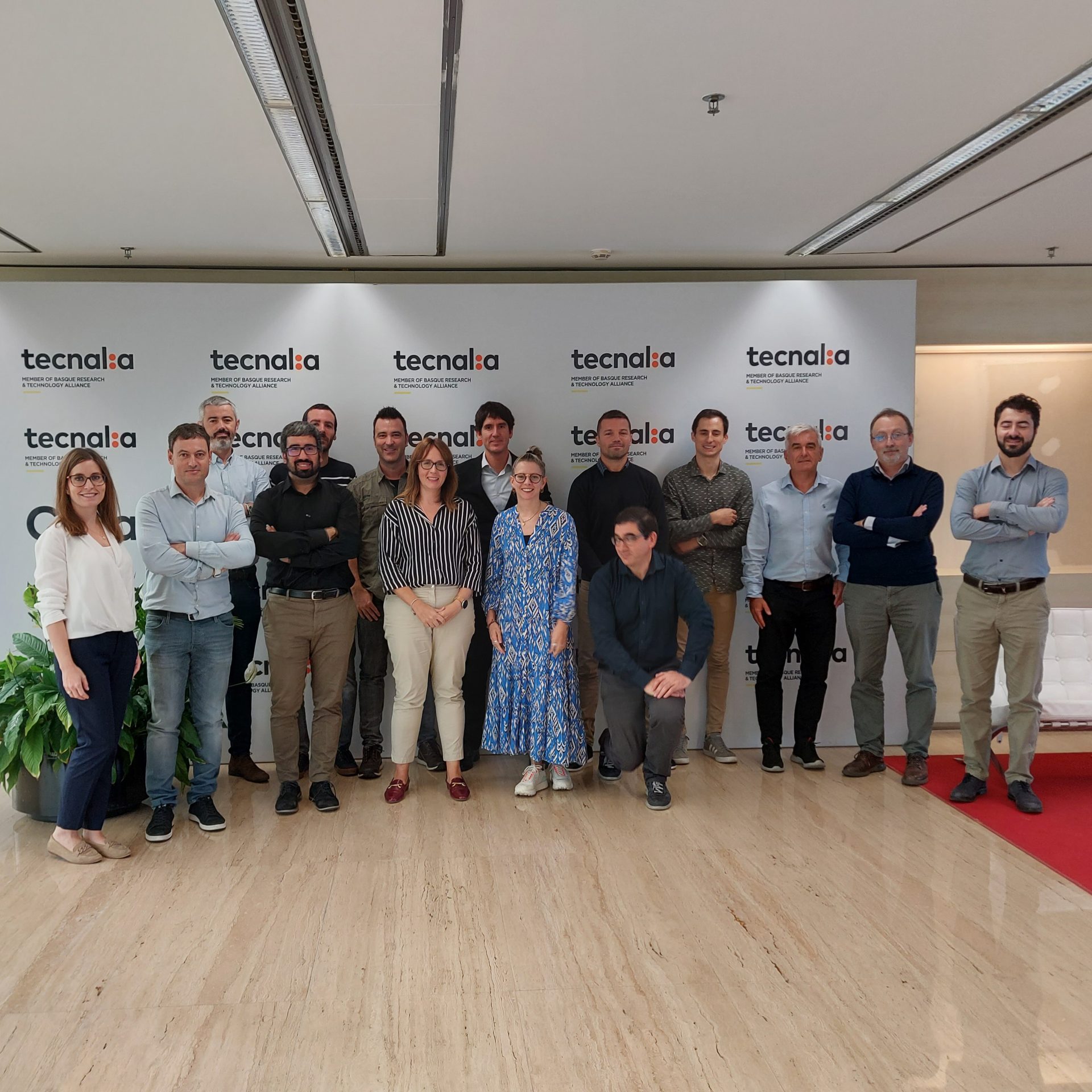"We develop innovations related to the design and manufacture of monopiles, the transition piece and the joining system between them"
MEGAWIND will improve monopiles, the type of foundation with the greatest potential in the wind market, by integrating them with the new generation of large offshore wind turbines (+15 MW)
According to the latest WindEuropereport, offshore wind in Europe alone will increase from 28 GW installed by the end of 2021 to 135 GW in 2030 in order to meet the decarbonisation targets set out in the Paris Agreement. This is a three-fold increase on the current annual installation rate.
The wind turbines to be used in offshorewind farms, which are becoming increasingly powerful, are installed on different types of foundations, with monopiles being the most widely used, accounting for more than 80 %. The MEGAWIND initiative seeks to develop innovations around the design and manufacture of the monopile itself, the transition piece and the joining system between them.
Consortium made up of nine leading Basque companies in offshore wind power
The project has started in 2022 with a consortium made up of nine leading Basque companies in the offshore wind sector, coordinated by ERREKA. TECNALIA is part of this consortium and will support all the partners in the different lines of work, participating in all activities and lines of research.
The increase in the power and size of wind turbines poses a major challenge in the manufacture of monopiles. Their production by conventional welding methods is one of the bottlenecks in manufacturing, due to the supply of the large steel sheets and their joining. HAIZEA WIND and IBERDROLA will address the adaptation and validation of a vacuum electron beam weldingmethod, never before applied to this type of joints. The feasibility of this method would significantly increase the rate of production.
Associated with the increase in the size of the monopiles is that of the transition pieces and connecting flanges. NAVACEL will work on the design of large flanges in sectors, which will bring a new supplier to a market with high demand.
The bolted joints to be developed by ERREKA for future monopiles are also a challenge. The company will investigate two avenues in the project: on the one hand, the development of tools and procedures to facilitate the installation and tightening of large metric screws and, on the other hand, the development of innovation in the screws, such as the combination of materials, which make it possible to provide the same mechanical properties, whilst reducing the metrics of the screws. ERREKA will also develop a virtual sensor to characterise the structural health of the monopile, the transition piece and the tower.
GALVASALA, TTT GROUP and FEX will work on three lines to address the challenge of component survival in the demanding offshoreenvironment: coatings for galvanised parts, heat treatments and corrosion protection by laser deposition.
More about MEGAWIND
MEGAWIND will have a positive effect on the supply chain surrounding the project partners, e.g. on the increased activity in the port of Bilbao, on the suppliers of raw materials for the manufacture of components or on the application of coatings to new components.
This initiative will last for three years and is backed by the Basque Government’s Hazitek Programme.
Project funded by the Basque Government’s Department for Economic Development, Sustainability and Environment (HAZITEK Programme).

